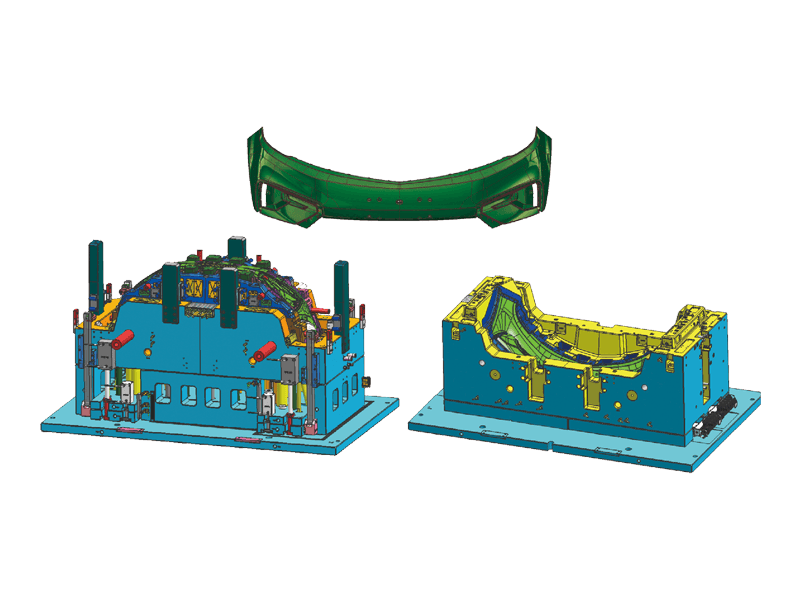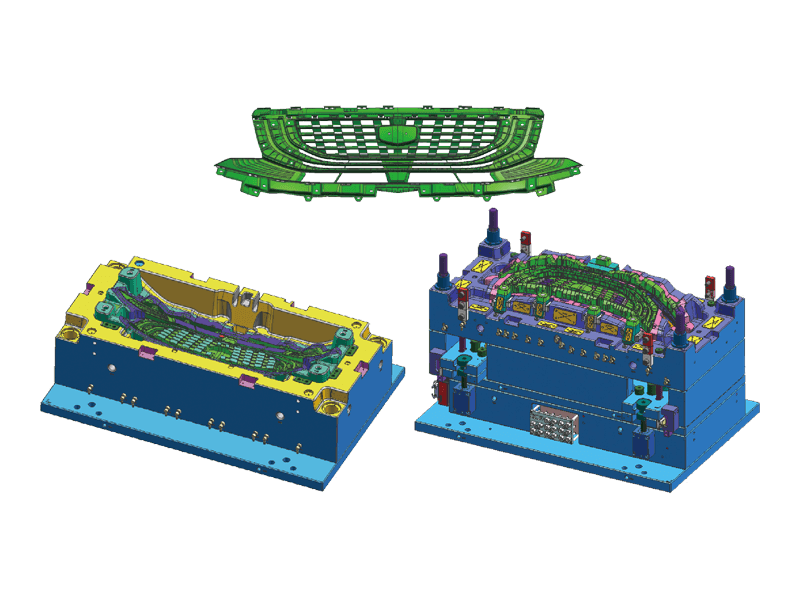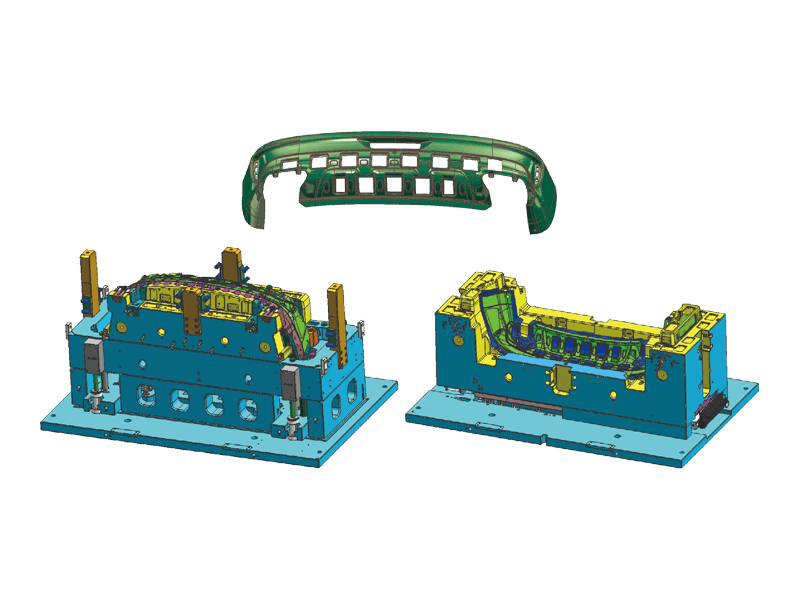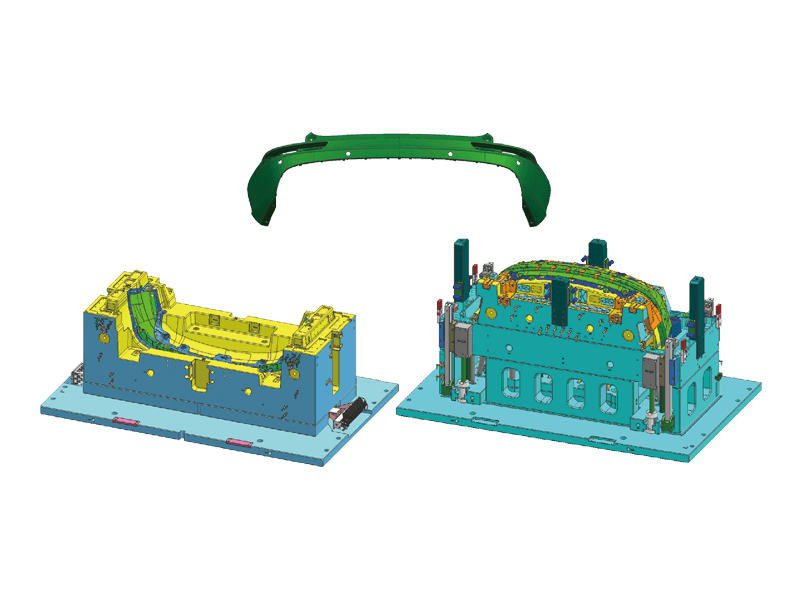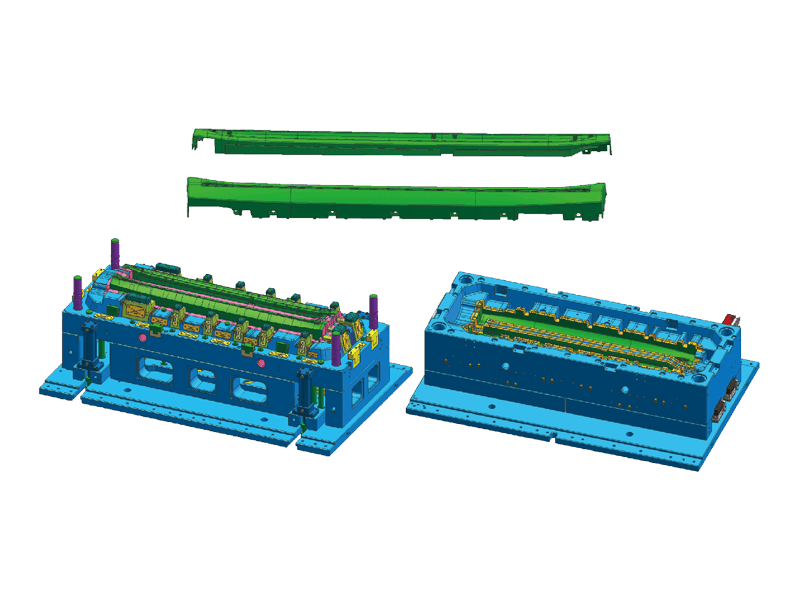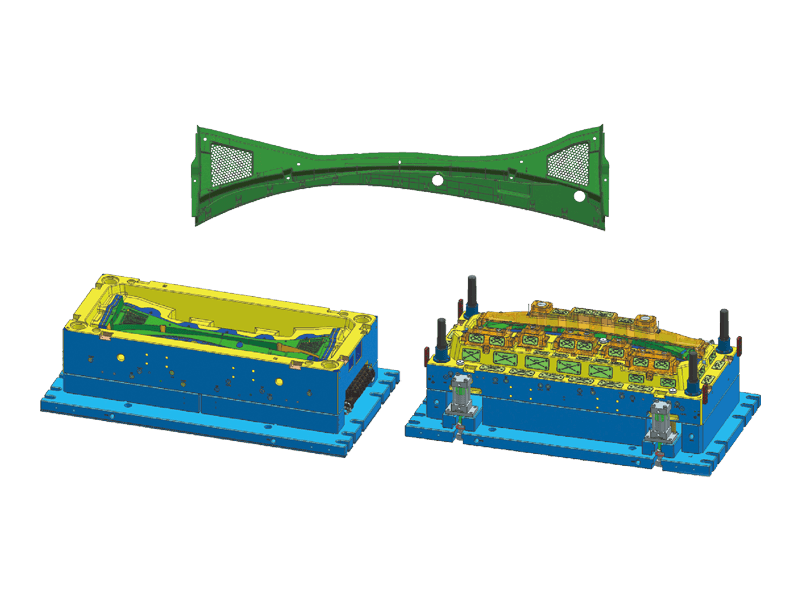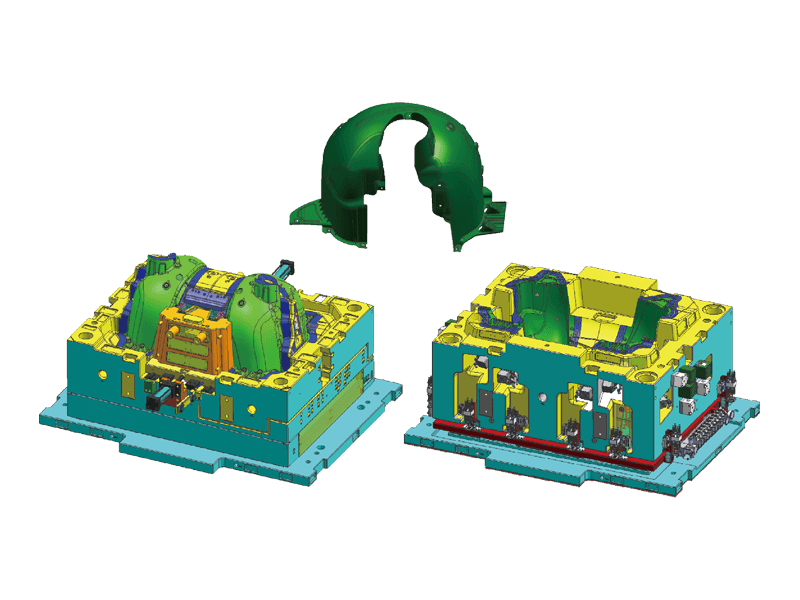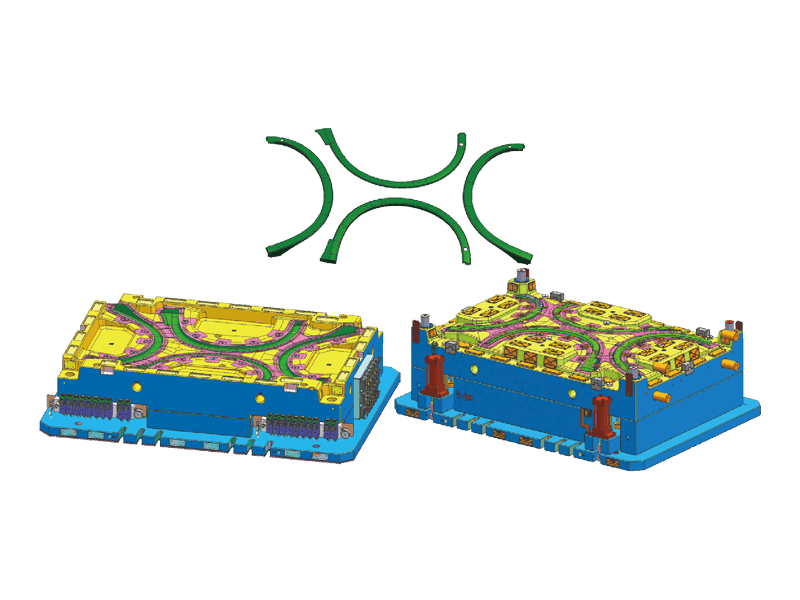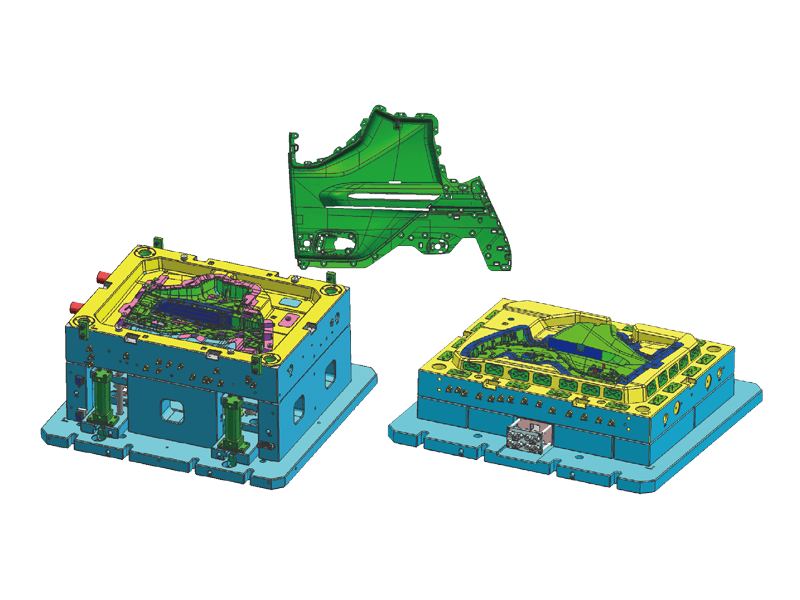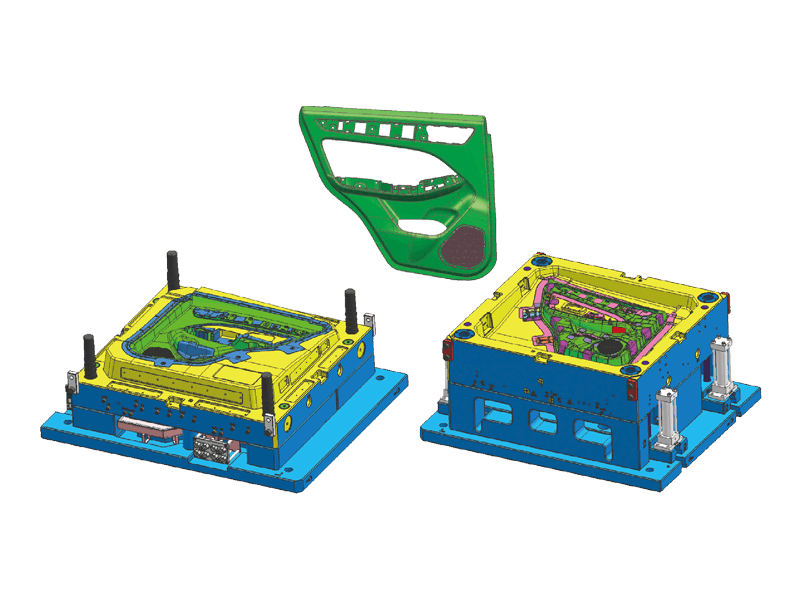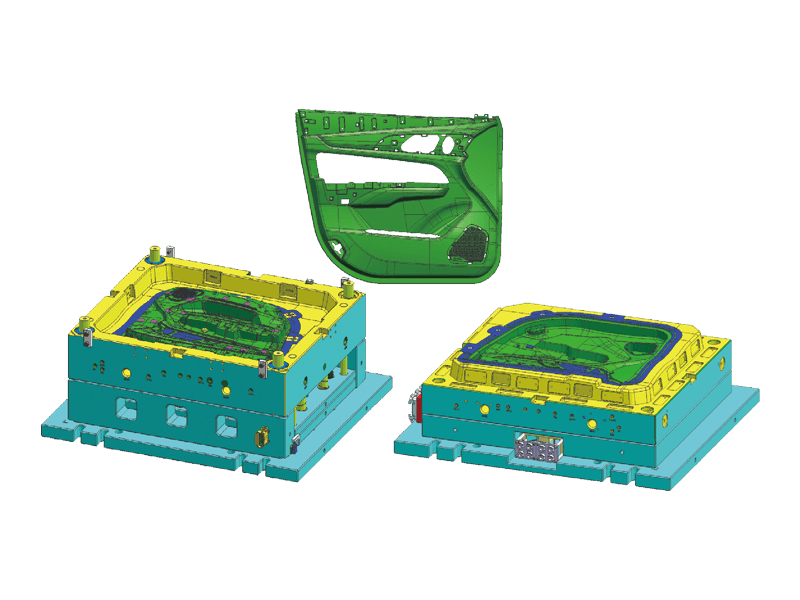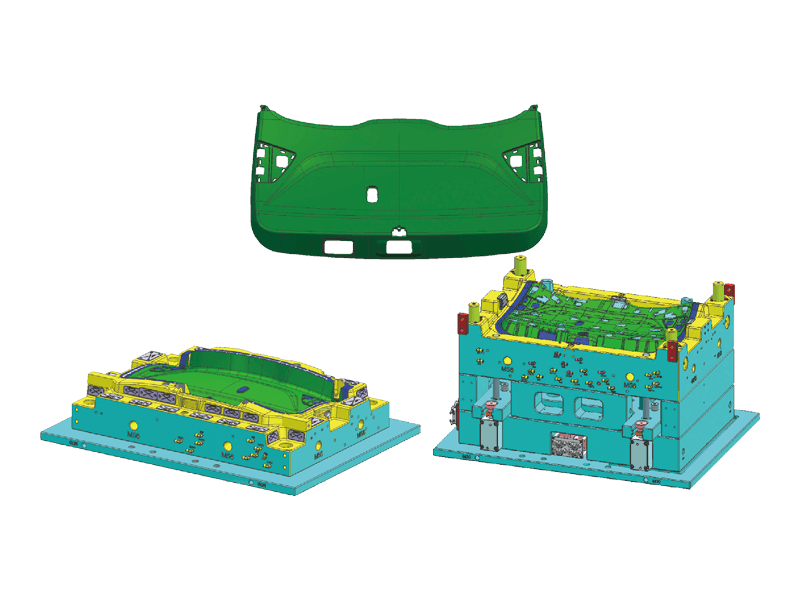The automotive industry continues to evolve, driven by innovations in manufacturing techniques and the demand for lighter, more durable components. One of the key technologies contributing to this evolution is the Automobile Plastic Hard Trim Injection Mold. This advanced molding process is reshaping how car manufacturers produce hard trim components, offering a combination of precision, efficiency, and cost-effectiveness that meets the high standards of modern vehicle design.
The Automobile Plastic Hard Trim Injection Mold process plays a crucial role in the production of interior and exterior trim components for vehicles. These include parts such as dashboards, door panels, consoles, and other rigid elements that form the aesthetic and functional backbone of a vehicle’s cabin and body structure. In an era where consumers expect sleek, modern designs paired with durable functionality, the precision offered by injection molding is essential for meeting these expectations.
Injection molding allows manufacturers to produce intricate parts with exact specifications, ensuring uniformity across mass production. The Automobile Plastic Hard Trim Injection Mold method can create components that are not only lightweight but also strong enough to withstand wear and tear, contributing to both vehicle safety and longevity.
The adoption of Automobile Plastic Hard Trim Injection Mold techniques provides several advantages for automotive manufacturers. One of the significant benefits is the ability to mass-produce high-quality parts with consistent accuracy. With the help of advanced molds, the entire production process becomes more streamlined, reducing the margin of error and lowering production costs.
Additionally, injection molding enables the use of a variety of plastic materials, including high-performance engineering plastics that offer durability. These materials are not only lightweight but also resistant to heat, chemicals, and UV radiation, making them ideal for automotive applications. The flexibility of the Automobile Plastic Hard Trim Injection Mold process means that manufacturers can create parts that are both aesthetically pleasing and functional, meeting the diverse needs of modern vehicles.
One of the ongoing challenges in the automotive industry is the push for greater fuel efficiency. As automakers work to meet stricter environmental regulations and consumer demand for greener vehicles, reducing the overall weight of the car has become a priority. This is where the Automobile Plastic Hard Trim Injection Mold process shines.
By replacing heavier metal components with lightweight plastic trims, manufacturers can significantly reduce the weight of the vehicle without compromising on strength or safety. Lighter cars consume less fuel, which not only helps manufacturers meet environmental targets but also appeals to consumers who are looking to lower their fuel expenses. The Automobile Plastic Hard Trim Injection Mold process is an essential part of this weight reduction strategy, contributing to the creation of more fuel-efficient vehicles.
Modern consumers expect more than just functionality from their vehicles—they demand personalized designs that reflect their tastes and preferences. The Automobile Plastic Hard Trim Injection Mold process offers manufacturers a level of design flexibility that is difficult to achieve with other materials. Through injection molding, intricate designs, textures, and colors can be easily incorporated into vehicle trims, giving automakers the freedom to innovate in terms of aesthetics.
This customization extends to the functional aspects of the trims as well. Features like ergonomic shapes, integrated storage compartments, and even technology interfaces can be seamlessly built into the plastic trims during the molding process. The Automobile Plastic Hard Trim Injection Mold technique allows manufacturers to create parts that are not only visually appealing but also practical for everyday use.
Automotive production is all about economies of scale. The Automobile Plastic Hard Trim Injection Mold process is particularly cost-effective for high-volume production runs. Once the initial mold is created, the actual production process is fast and highly automated, reducing labor costs and minimizing the time required to produce large quantities of parts.


 English
English 中文简体
中文简体